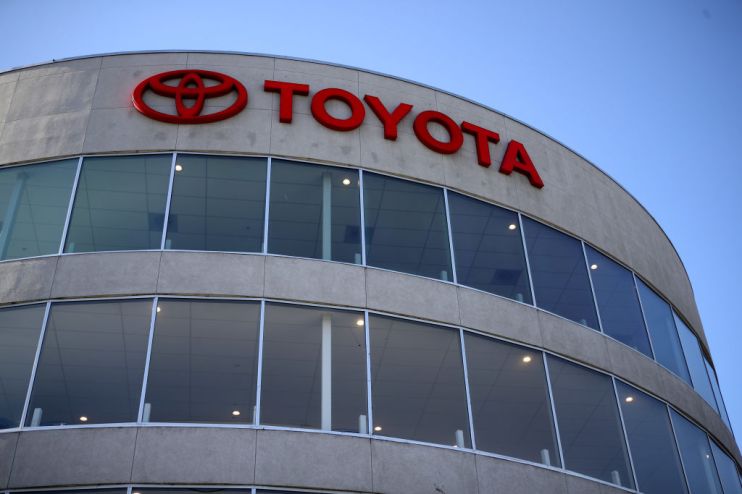Toyota slashes car production target as profit slumps by 25 per cent due to headwinds

Toyota has slashed its production target for the year as its quarterly profit slumped by 25 per cent due to a combination of industry and economic headwinds.
The Japanese automotive powerhouse has posted an operating profit of 562.7bn yen (£3.3bn) for the three months ended 30 September.
This was down on the 750bn yen reported last year while profits remained well below current market expectations of 784bn yen.
Whilst maintaining its operating profit forecasts at 2.4tn yen for the fiscal year ending March, Toyota’s production targets were at 9.2 million vehicles – down on the 9.7 million initially expected.
The results – which today sent shares down as low as 2.6 per cent – were driven by surging material costs, ongoing semiconductor shortages as well as rising interest rates and yen volatility.
“The business environment is changing dramatically, such as the rapid changes of foreign exchange rates, rising interest rates, soaring materials prices and more,” Toyota’s executive Masahiro Yamamoto told reporters on Tuesday.
“A number of changes are occurring simultaneously could affect the future of the broad automotive industry . . . It’s hard to look six months ahead,” added vice president Ken Kon.
According to Kazunari Kumakura, Toyota’s purchasing group chief officer, it remains unknown when the chip shortages will be resolved.
GlobalData’s thematic analyst Daniel Clarke told City A.M. Toyota’s decision to cut sales also for future hybrid and EV “shows the consequences of being late to the game when it comes to electrification.”
“Far from first mover advantage, Toyota is seeing the disadvantages of moving to electrification too late,” he said.
Toyota performed much better than rivals during the pandemic, as in January it was crowned the world’s largest manufacturer for the second year in a row.
A few months later smashed all earnings records when it posted its result for the fiscal year ended March.
Nevertheless, things started to go downhill after that, as the Japanese car maker became more impacted by supply chain issues and the yen dropping to a 32-year-low.